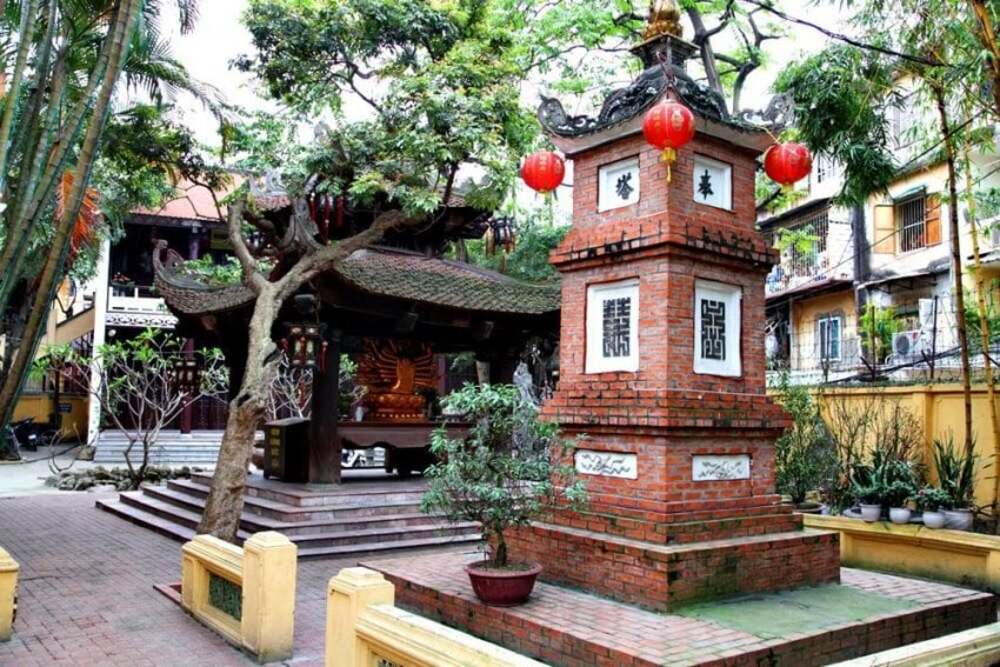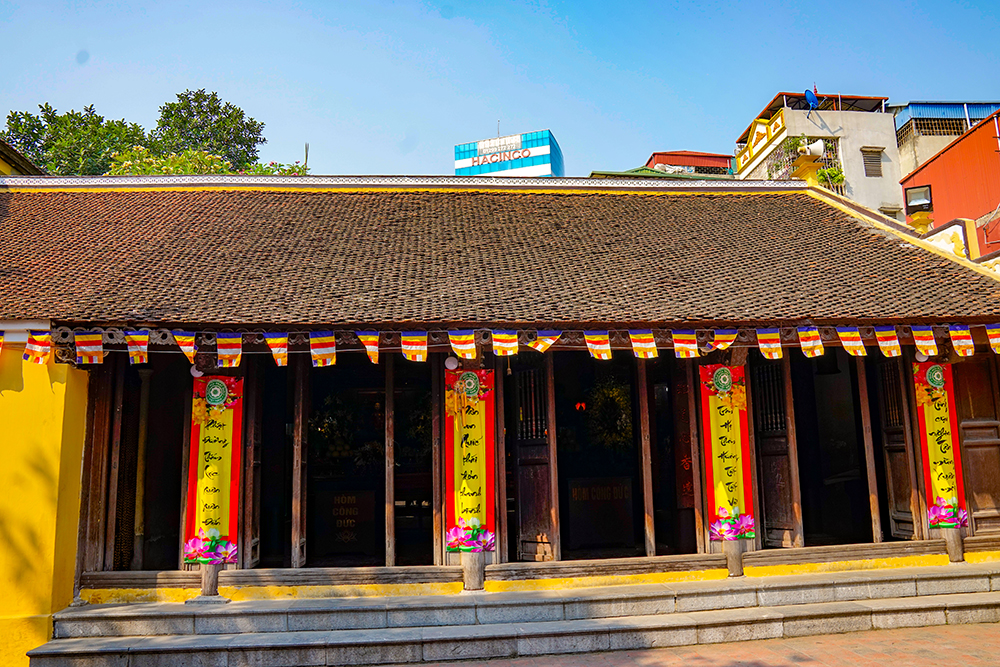Phuc Khanh Pagoda
Overview
Chùa Phúc Khánh is a revered Buddhist temple in Hanoi, known for its spiritual energy and bustling atmosphere during important lunar rituals. It’s especially famous for hosting large prayer ceremonies at the beginning of the lunar year, attracting thousands of worshippers.

History and Significance
The pagoda dates back to the Nguyen Dynasty and has undergone multiple restorations over time. It has long been a center for spiritual activities in Hanoi, particularly for those seeking peace, good fortune, and protection from bad luck. Phuc Khanh is also associated with the Zen Buddhist tradition and houses relics of historical monks.
Architecture and Highlights
Though modest in size, Phuc Khanh Pagoda offers a peaceful, sacred space with:
-
A main hall housing Buddha and Bodhisattva statues.
-
Traditional Vietnamese tiled roofs and carved wooden beams.
-
Ceremonial altars for offerings and prayers.
-
Open courtyards often filled with incense and worshippers during events.
-
A spiritual atmosphere heightened during New Year’s blessing ceremonies.
Location and Access
Phuc Khanh Pagoda is located at 382 Tay Son Street, Dong Da District, Hanoi. It’s easily accessible by bus, motorbike, or taxi, and is situated in a busy urban area, making it convenient for city dwellers and tourists alike.

Cultural and Spiritual Importance
Chùa Phúc Khánh is especially popular during Tet (Vietnamese Lunar New Year) and the first full moon of the year, when people gather for mass chanting ceremonies to ward off misfortune. The pagoda plays a central role in maintaining spiritual traditions in modern urban Hanoi, balancing everyday life with age-old beliefs.

